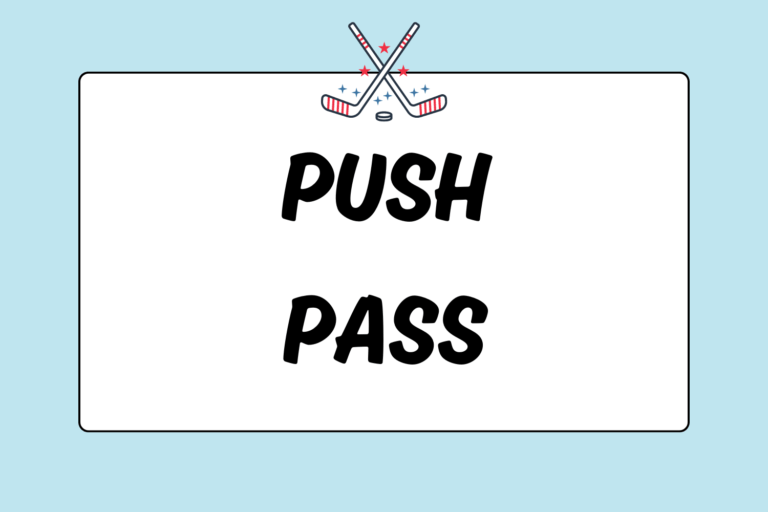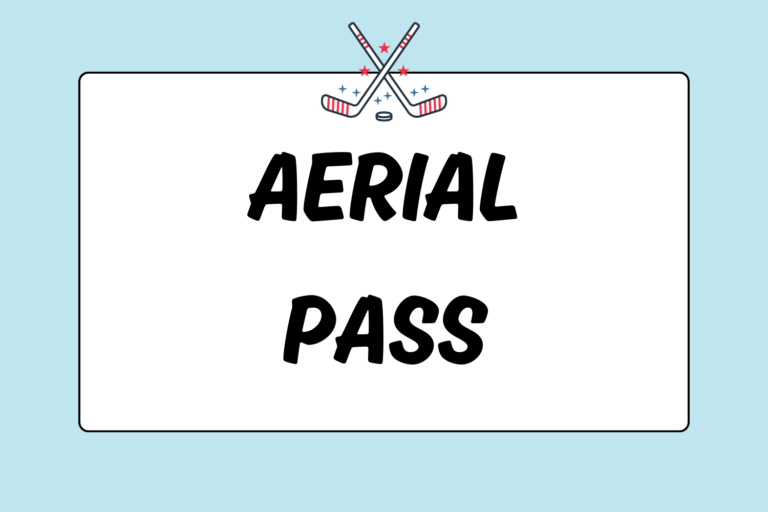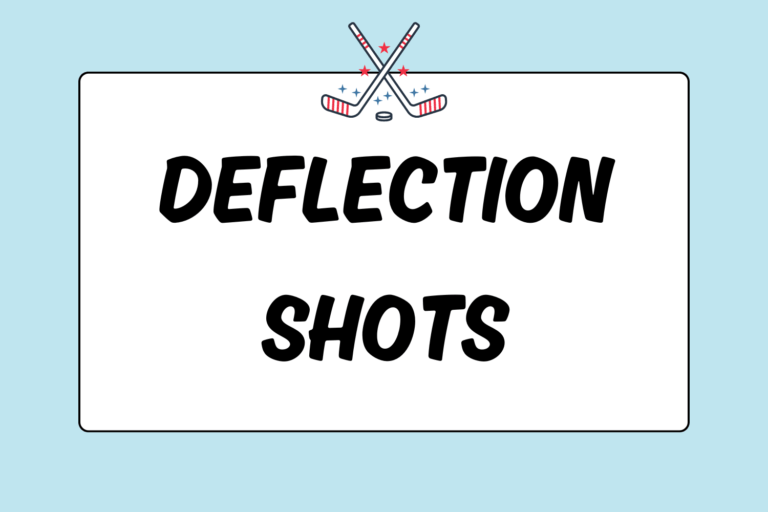No player is every truly ready to have a ball hurled at her. But, some people face the challenge anyways. These players are known as goalies. Goalies know they are going to get hit with a ball every time they step into the goal, but they do it anyway! But, being mentally ready to stop a ball and physically ready are two very different things.
You can have determination, but without the skills, you won’t succeed. This guide will teach you how to prepare for a shot so you can confidently stop any ball hit your way.
Square One
One of the most important aspects of goalkeeping is to always stay square to the ball. That is, always have your hips and shoulders facing the ball. To get a better understanding of this, hold your hand out flat in front of you. Face your palm towards you and look straight at it. Now, tilt your hand to the side. Did your hand look larger when you were looking at it straight-on or when it was tilted? It should have looked bigger when you were looking at it straight-on. That is what you want to do with your body when you’re in goal: Make it look as big as possible to the shooter. By staying square, you cover more area in front of the goal, while keeping your vision on the ball.
A common mistake goalies make is to line themselves up with the player who has possession of the ball. If you line yourself up with the player, you will be off your angle. So, make sure to only position yourself with respect to the goal and the ball, not the player, for the best angle.
The Ready Position
There are various ways to prepare for a shot, depending on your preference. While no two goalies will move the same, there are a few universal techniques to prepare for a shot:
- Eyes on the ball: Keep your head up and follow the ball, not the player. If you keep your eyes on the ball in every situation, you won’t be distracted by the chaos in front of the goal.
- Feet apart: Initially, stand with your feet about shoulder-width apart. This will give you enough room to move across the goal, and it also keeps your legs close enough to bring them together quickly — just in case someone shoots between your legs.
- Watch your weight: Put all of your weight on the balls of your feet. Doing this will keep you light on your feet as you maneuver around the goal. If you plant your feet (place them flat on the ground), your reaction time will be much slower.
- Get low: Bend your knees in a comfortable position. By doing this, you’ll be able to spring forward and use the momentum gained from pushing off your legs to react to shots.
- Left pad up: Keep your left hand’s pad up, ready to stop any lifted shots to the left side of the goal. Keep your elbow bent for added support.
- Stick down: Place the stick low to the ground. Use it to stop ground balls to your right and to knock down or block lifted shots.
Follow the Play
Be aware of the ball at all times. Even if it is on the other side of the field, stay involved in the play. The game can switch in a matter of seconds into your zone. If you are unprepared, you won’t be able to stop the ball. So, always staying mentally involved will help you get physically ready for the shot.
Watch the Ball
In front of the goal, always keep sight of the ball. Losing sight of it could cost you a goal. It can get chaotic in the circle as players make quick moves with their sticks and cover the ball. But, by staying focused on the ball and not the players, you will be able to align yourself within the shooting angle and cut off every shot on goal.
Hot Tip: Don’t Get Screened
Defensive players will often try to screen you by standing in front of you to block your vision. Do not let them do this! Loosing site of the ball will make it a lot harder to defend against any shots on goal. If you ever find yourself in this situation, have a teammate move the player or be a little aggressive and make them move.
Be the Boss
Your job is to instruct your defense on who to cover, where to clear the ball, and who to move (if you’re being screened). Make sure that you are aware of every player inside the circle (offense and defense), especially the unmarked players in front of the goal. The front of the goal is your territory, so make sure you’re communicating with your defense at all times. Don’t be timid.
Never Fear
Don’t be afraid of the ball! You are covered in goalie gear for a reason. Sure, you may get hit in an unpadded area once or twice, but if you’re adequately prepared, it should be a rare occasion. If you are in your ready stance and in position, you will be protected — by your gear and by your defense.
If you need a confidence-booster, have a teammate or coach take shots on you to calm your nerves during practice. Then in a game, you’ll have eliminated any blinking or flinching.
Get Ready
As soon as the ball enters the defensive zone, it is your responsibility to block the shots. Make sure you are mentally and physically prepared. By being in your ready stance, you can focus less on the physical movements of the player and more on reading her and adjusting your angle accordingly.
In the ready position, your reflexes and reactions will take over. So, practice, practice, practice! Soon enough, getting ready for a shot will become as natural as stopping one.





